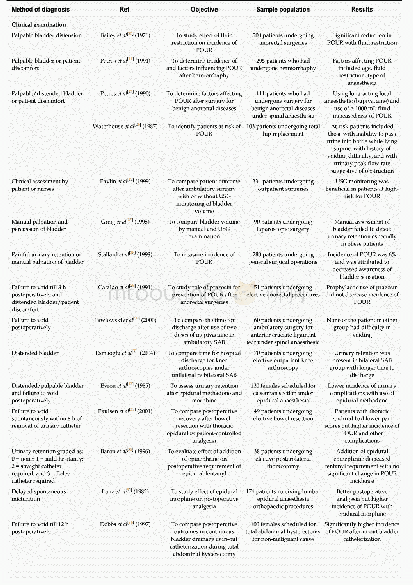《Table 2–Diagnostic ratios.》
 提示:宽带有限、当前游客访问压缩模式
提示:宽带有限、当前游客访问压缩模式
本系列图表出处文件名:随高清版一同展现
《"PM_(2.5)-bound polycyclic aromatic hydrocarbons(PAHs) in Beijing:Seasonal variations,sources,and risk assessment"》
As summarized in Table 2,most of the BaP/BghiP ratios in both cold and warm months were>0.6,indicating the dominance of traffic emission.And most of the BaP/(BaP+Chr)ratios in the two seasons were<0.5,representing the main role of diesel vehicles.Fig.2 shows the scatter ratio-ratio plot for Flu/(Flu+Pyr)vs.BaA/(BaA+Chr)and IcdP/(IcdP+BghiP)vs.BaA/(BaA+Chr).As shown in Fig.2a,most of Flu/(Flu+Pyr)ratios were between 0.5 and 0.6,with BaA/(BaA+Chr)between 0.35and 0.6 in the cold months.In the warm months,most of Flu/(Flu+Pyr)ratios were between 0.5 and 0.6 with BaA/(BaA+Chr)between 0.2 and 0.35.In Fig.2b,most of IcdP/(IcdP+BghiP)ratios were higher than 0.5 in the cold months with significant reduction in the warm months.Both two plots indicated that vehicle emission,coal and biomass burning were the primary sources of PAHs.
| 图表编号 | XD0033515000 严禁用于非法目的 |
|---|---|
| 绘制时间 | 2019.03.15 |
| 作者 | Baihuan Feng、Lijuan Li、Hongbing Xu、Tong Wang、Rongshan Wu、Jie Chen、Yi Zhang、Shuo Liu、Steven Sai Hang Ho、Junji Cao、Wei Huang |
| 绘制单位 | Department of Occupational and Environmental Health, Peking University School of Public Health、Key Laboratory of Molecular Cardiovascular Sciences of Ministry of Education, Peking University、Institute of Earth and Environment, Chinese Academy of Sciences、 |
| 更多格式 | 高清、无水印(增值服务) |





